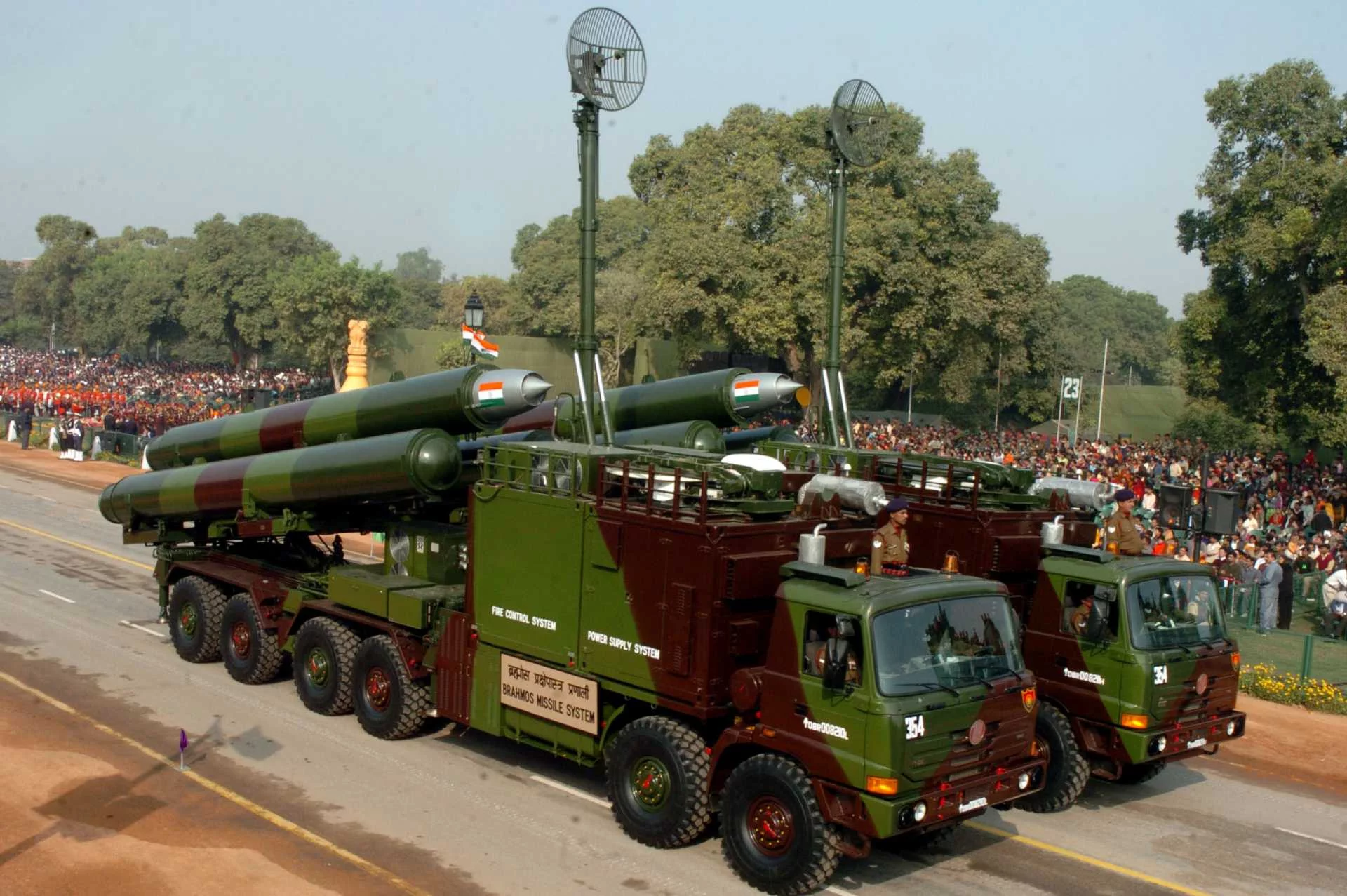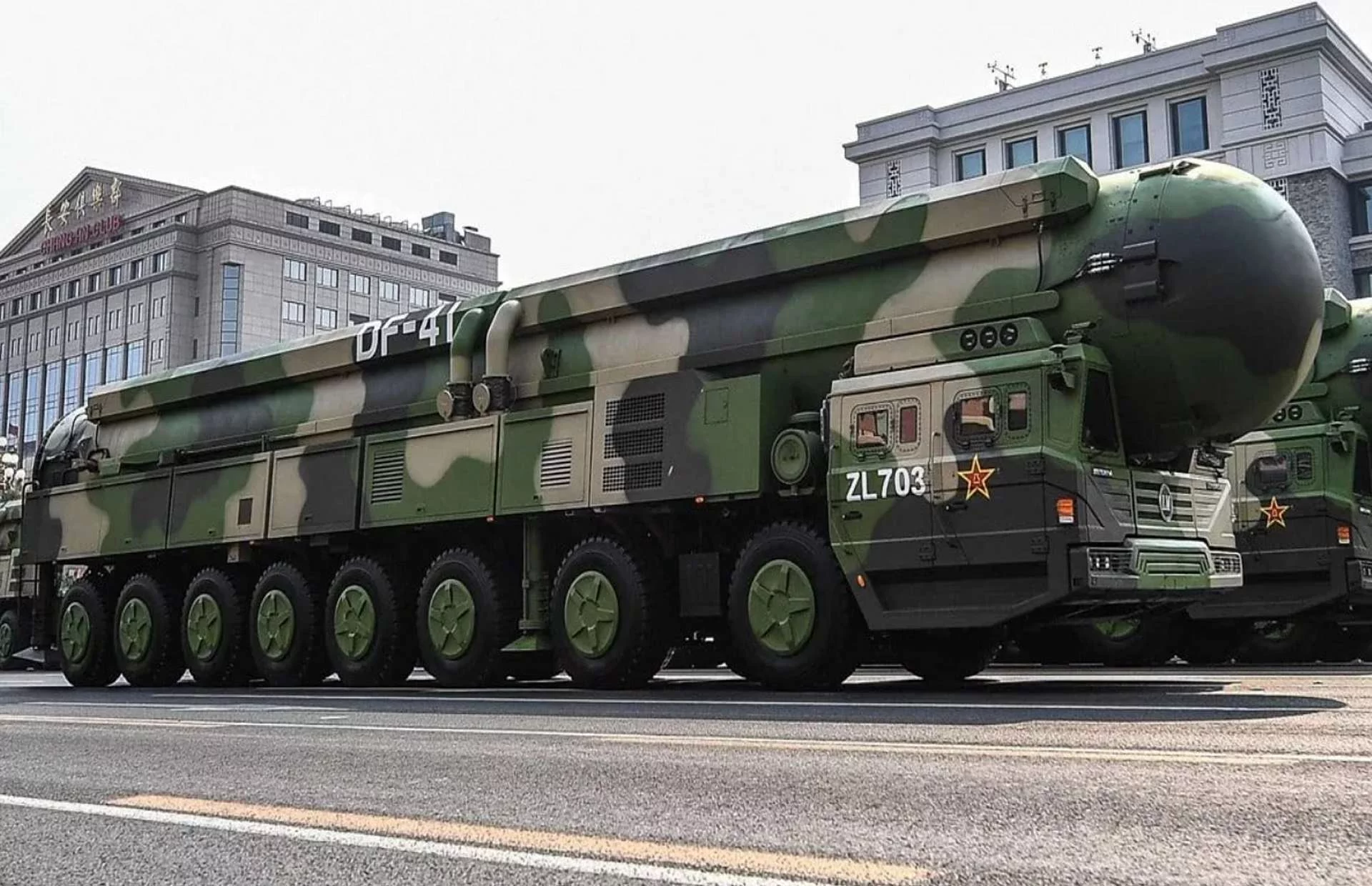A Strategic Leap in Regional Security
In a bold move to fortify its defense capabilities, the Philippines is set to expand its arsenal of Indian-made BrahMos supersonic cruise missiles, a decision that underscores its commitment to safeguarding maritime sovereignty in the volatile Indo-Pacific region. According to a report from the Philippine News Agency on August 8, 2025, the Philippine Department of National Defense (DND) is actively pursuing plans to acquire additional BrahMos systems, marking a significant step in the nation’s military modernization efforts. This development, announced during a high-profile state visit to India by President Ferdinand Marcos Jr. from August 4 to 8, 2025, signals a deepening strategic partnership between Manila and New Delhi, with far-reaching implications for regional security dynamics.
The BrahMos Missile: A Game-Changer in Modern Warfare
The BrahMos missile, a product of a joint venture between India’s Defence Research and Development Organisation (DRDO) and Russia’s NPO Mashinostroyeniya, is a technological marvel. Capable of reaching speeds of up to Mach 3—three times the speed of sound—this supersonic cruise missile can strike both naval and land targets with pinpoint accuracy at ranges exceeding 290 kilometers, with advanced variants extending to 450 kilometers. Its sea-skimming trajectory and high-speed maneuverability make it a formidable challenge for enemy air defenses, positioning it as a critical asset for coastal defense and area-denial operations. The missile’s versatility allows it to be launched from land, sea, air, and even underwater, offering the Armed Forces of the Philippines (AFP) unmatched flexibility in responding to threats.
The Philippines’ initial acquisition of three shore-based BrahMos batteries in January 2022, under a PHP18.9 billion (approximately $375 million) contract signed by then-Defense Secretary Delfin Lorenzana, marked the country as the first foreign buyer of this advanced system. These Shore-Based Anti-Ship Missile Systems (SBASMS) are specifically designed to neutralize hostile naval vessels, such as warships and amphibious assault platforms, thereby enhancing the Philippines’ ability to protect its extensive maritime borders. The success of these initial deployments has been described as “very enlightening” by Philippine Defense Secretary Gilberto Teodoro Jr., who emphasized the missile’s role as a cornerstone of the nation’s deterrent strategy during the recent state visit to India.
A Strategic Response to Regional Tensions
The decision to procure additional BrahMos systems comes at a time of heightened geopolitical tensions in the Indo-Pacific, particularly in the South China Sea, where the Philippines faces ongoing challenges to its maritime claims. As an archipelagic nation with vast maritime zones and critical sea lines of communication, the Philippines is increasingly focused on building a credible deterrent against potential naval incursions. The BrahMos missile, with its rapid-response precision and devastating firepower, is seen as a force multiplier that significantly raises the cost of hostile actions against Philippine interests. Its deployment along the country’s coastline and island territories provides a mobile, high-speed defense mechanism capable of safeguarding strategic areas.
President Marcos has underscored the alignment of this acquisition with the next phase of the AFP’s modernization program, which prioritizes maritime security and self-reliant defense capabilities. The push for more BrahMos systems is expected to include enhancements in training, logistics support, and the potential integration of advanced variants with longer ranges and multi-platform deployment options, such as naval and air-launched configurations. This expansion not only strengthens the Philippines’ operational readiness but also positions it as a key player in maintaining regional stability.
Deepening Ties with India
The acquisition of additional BrahMos missiles is more than a military transaction; it represents a deepening of defense and diplomatic ties between the Philippines and India. During his state visit, President Marcos expressed satisfaction with the performance of the existing BrahMos batteries, stating that “everything is on the table” when it comes to further modernizing the AFP with Indian-made equipment. This sentiment was echoed by Foreign Affairs Secretary Enrique Manalo, who hailed the initial BrahMos acquisition as a milestone in strengthening bilateral defense cooperation. The Philippines’ interest in additional systems and potential joint capability development reflects a long-term commitment to collaboration with India, a rising power in the global defense sector.
India’s growing role as a defense exporter is also evident in its discussions with other Southeast Asian nations, such as Vietnam and Indonesia, for potential BrahMos deals. The Philippines’ pioneering adoption of the missile system has set a precedent, showcasing India’s ability to provide high-quality, cost-effective defense solutions. General Romeo S. Brawner Jr., Chief of Staff of the AFP, noted that Indian-made systems like the BrahMos are not only technologically advanced but also affordable, making them an attractive option for a nation seeking to balance capability with cost.
Strategic Implications for the Indo-Pacific
The expansion of the Philippines’ BrahMos inventory has significant implications for the regional security landscape. By bolstering its coastal defense capabilities, the Philippines is enhancing its ability to assert maritime sovereignty and deter potential aggressors in contested waters. The missile’s extended range and precision strike capabilities provide a robust area-denial posture, making it a critical component of the country’s defense strategy in a region marked by intensifying strategic competition.
Moreover, the Philippines’ move aligns with broader trends in the Indo-Pacific, where nations are increasingly investing in advanced missile systems to counter growing military influences, particularly from China. The BrahMos system’s presence in Southeast Asia, starting with the Philippines, represents a shift in the balance of deterrence, offering smaller nations the ability to project power and protect their interests against larger adversaries. This acquisition also complements India’s strategic objectives, as it seeks to counterbalance China’s influence in the region through defense partnerships and missile exports.
Looking Ahead: A Modern, Self-Reliant Military
The Philippines’ commitment to expanding its BrahMos arsenal is a testament to its ambition to build a modern, self-reliant military capable of addressing 21st-century security challenges. As the AFP continues to integrate these advanced systems, it is likely to pursue further upgrades, including enhanced training programs and the adoption of new missile variants. The potential inclusion of air-launched or naval variants could further expand the system’s operational flexibility, allowing the Philippines to respond to a wider range of threats.
This strategic investment also carries symbolic weight, signaling the Philippines’ determination to play a proactive role in regional security. By leveraging cutting-edge technology like the BrahMos missile, the country is not only enhancing its defense capabilities but also reinforcing its position as a key stakeholder in the Indo-Pacific’s evolving security architecture. As geopolitical tensions continue to simmer, the Philippines’ partnership with India and its embrace of advanced defense systems will likely shape the region’s strategic landscape for years to come.
In conclusion, the Philippines’ plans to acquire more BrahMos missiles mark a pivotal moment in its defense modernization journey. This move strengthens its maritime security, deepens its partnership with India, and sends a clear message about its resolve to protect its sovereignty. As the Indo-Pacific region navigates an era of uncertainty, the BrahMos missile stands as a symbol of the Philippines’ commitment to deterrence, resilience, and regional stability.




